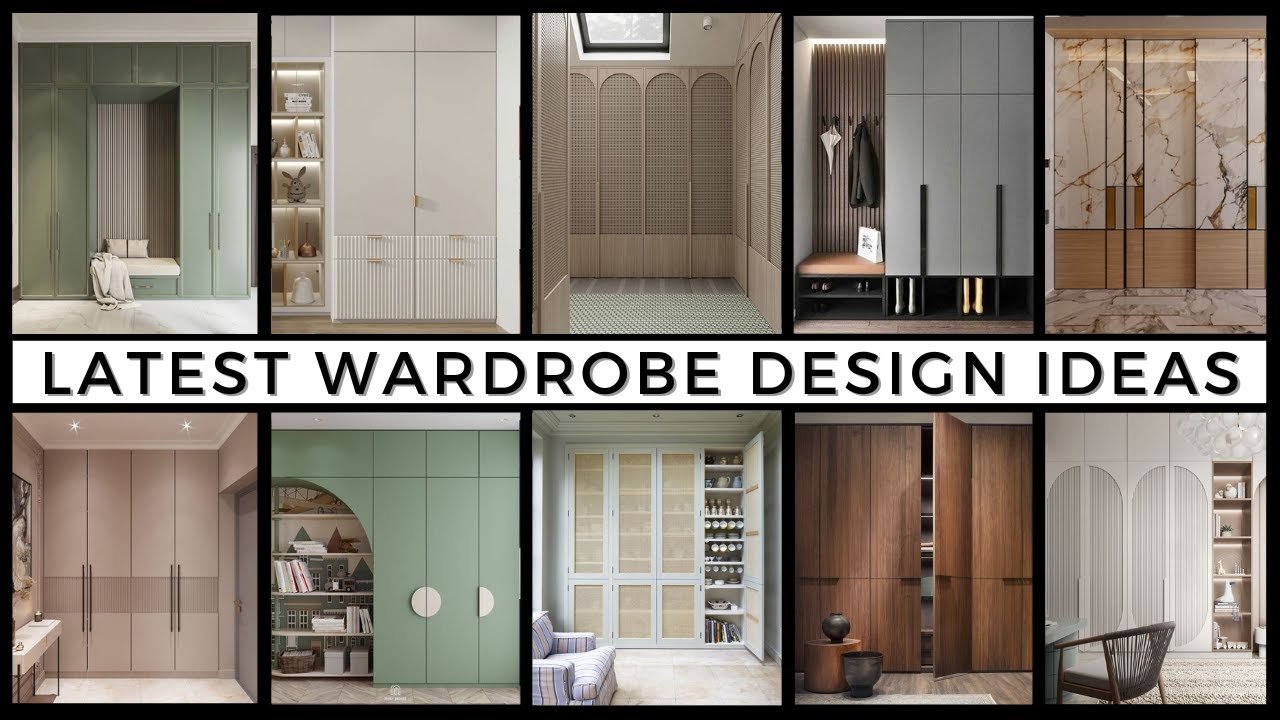Wardrobe design is a crucial aspect of personal style, combining function with aesthetics to create outfits that express individuality and cater to lifestyle needs. One of the most important elements of wardrobe design is the selection and use of color schemes. Understanding how to use color effectively can elevate wardrobe choices from ordinary to exceptional, reflecting personal style and enhancing overall appearance. This article explores the principles of wardrobe design and the impact of color schemes, offering insights into how to craft a wardrobe that is both stylish and functional.
Principles of Wardrobe Design
Functionality: The foundation of any well-designed wardrobe is functionality. This involves considering lifestyle needs, such as work requirements, social activities, and daily routines. A wardrobe should be versatile, allowing for easy mixing and matching to create various outfits for different occasions. Key pieces often include classic staples like tailored suits, casual jeans, versatile dresses, and comfortable outerwear.
Personal Style: Wardrobe design should reflect individual style preferences. Personal style can be influenced by factors such as body shape, color preferences, and fashion trends. Understanding personal style helps in curating a wardrobe that feels authentic and makes the wearer feel confident and comfortable.
Versatility: A well-designed wardrobe emphasizes versatility. This means investing in high-quality, timeless pieces that can be worn in multiple ways. Items like a little black dress, a white button-down shirt, and well-fitted jeans are classic examples of versatile wardrobe staples that can be dressed up or down.
Cohesion: Cohesion in wardrobe design involves creating a harmonious collection of clothing items that work well together. This is achieved through careful selection of colors, patterns, and styles that complement one another. A cohesive wardrobe ensures that each piece can be easily integrated into different outfits.
The Impact of Color Schemes
Color schemes play a vital role in wardrobe design, affecting everything from mood and confidence to overall appearance. Here are some key aspects of using color effectively in wardrobe design:
Understanding Color Theory: Color theory is a fundamental concept in design that involves understanding how colors interact with each other. Basic principles include the color wheel, which helps identify complementary, analogous, and triadic color schemes. For example, complementary colors (opposite each other on the color wheel) create a vibrant contrast, while analogous colors (next to each other) offer a more harmonious look.
Building a Color Palette: A well-defined color palette is essential for a cohesive wardrobe. This involves selecting a range of colors that work well together and suit the wearer’s skin tone and personal style. Common approaches include:
- Neutral Palette: Neutral colors such as black, white, gray, and beige form the backbone of many wardrobes. These colors are versatile and can be easily mixed and matched. They also provide a strong foundation for adding accent colors and patterns.
- Monochromatic Scheme: A monochromatic color scheme uses different shades and tints of a single color. This creates a sophisticated and cohesive look, with variations in lightness and saturation adding depth and interest.
- Complementary Scheme: Complementary colors are opposite each other on the color wheel, such as blue and orange or red and green. This scheme creates high contrast and vibrant looks, often used for making bold fashion statements.
- Analogous Scheme: Analogous colors are next to each other on the color wheel, such as blue, teal, and green. This scheme offers a harmonious and pleasing look, ideal for a more subtle and coordinated appearance.
Seasonal and Trend Considerations: Color trends often shift with the seasons. Incorporating seasonal colors can keep a wardrobe fresh and relevant. For instance, warm tones like rust and mustard are popular in autumn, while pastels and bright hues are favored in spring and summer. Staying updated with color trends allows for timely and fashionable choices.
Personal Color Analysis: Personal color analysis involves determining which colors best complement an individual’s skin tone, hair color, and eye color. This can help in selecting clothing colors that enhance the wearer’s natural features. Tools like seasonal color analysis categorize individuals into seasons (spring, summer, autumn, winter) based on their color profiles.
Practical Tips for Implementing Color Schemes
Start with Basics: Begin by investing in neutral basics that form the foundation of your wardrobe. These pieces should be versatile and serve as a canvas for incorporating more vibrant or trendy colors.
Add Statement Pieces: Introduce statement pieces in your favorite colors or seasonal trends to add personality and variety to your wardrobe. These can include accessories, outerwear, or standout tops and bottoms.
Experiment with Patterns: Patterns can introduce additional colors into your wardrobe. Ensure that patterns complement the overall color scheme and mix well with solid-colored pieces.
Rotate and Refresh: Regularly assess and refresh your wardrobe to incorporate new colors and styles. This keeps your wardrobe dynamic and aligned with current trends while maintaining a cohesive look.
Conclusion
Wardrobe design and color schemes are integral to creating a personal style that is both functional and visually appealing. By understanding color theory, building a versatile color palette, and considering individual preferences and trends, one can craft a wardrobe that enhances personal style and confidence. Thoughtful wardrobe design not only simplifies dressing but also ensures that each piece contributes to a harmonious and stylish overall look.
